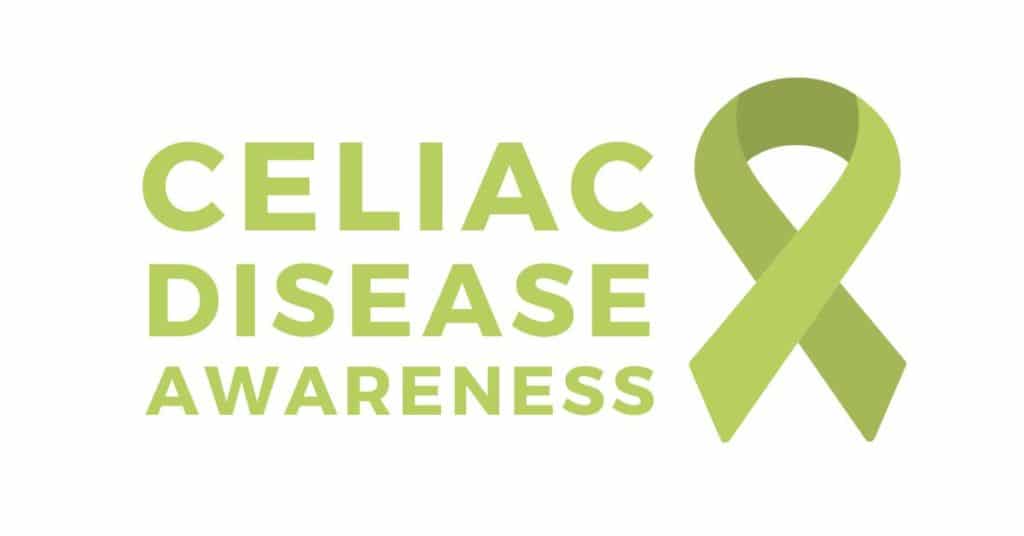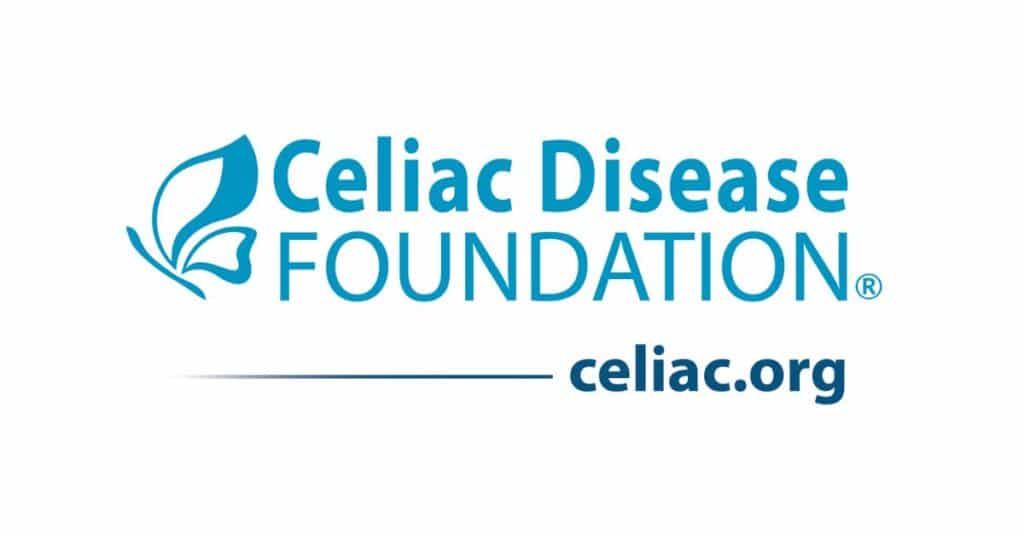
May: Celiac Disease Awareness Month
It’s May! This month may have different meanings to all of us – cinco de mayo, mother’s day, graduation or memorial day. For me, May symbolizes celiac disease awareness month. Thirty years ago you may have asked, what is celiac disease? Celiac disease is an autoimmune disorder that can occur in genetically predisposed people where the ingestion of gluten leads to damage in the small intestine. This disease has gained notoriety with its gluten free diet therapy. Gluten is found in wheat, barley, rye, triticale, and contaminated oats. Oats specified as gluten free are safe to consume. For individuals with celiac disease, the gluten free diet is the only form of treatment. This diet plays an integral role in the long-term treatment of this disease making lifelong adherence to this diet a requirement.
Celiac disease is an autoimmune disorder that can occur in genetically predisposed people where the ingestion of gluten leads to damage in the small intestine.

Treatment Vs. Cure
Do you know someone with diabetes? Are they taking medication or following a specific diet? The doctor prescribes the medication and recommends diet intervention to help the individual control their diabetes and improve their long-term health outcomes. Medication and diet are not a cure. It is a treatment.
Do you know someone with elevated cholesterol? Are they taking medication or have they changed their diet? The doctor and dietitian make recommendations to help the individual improve their cholesterol levels and improve their long-term health outcomes.
Celiac Disease Diagnoses
The same is true for celiac disease. The gluten free diet is a treatment to improve quality of life. It is a step in the right direction. However, there is a problem. A large percentage of the population with celiac disease continues to suffer each day because they have not been diagnosed. This gastrointestinal disorder is often overlooked or neglected in medical school curriculum. Celiac disease is more common than multiple sclerosis, Crohn’s disease, and ulcerative colitis combined. It affects 1 in 133 of the US population. Of that population, 83 % are misdiagnosed or undiagnosed. In fact, the average person with celiac disease waits 6-10 years for an accurate diagnosis. (1) The longer the individual goes undiagnosed and continues to consume gluten, the greater the risk factor for type 1 diabetes, multiple sclerosis (MS), dermatitis herpetiformis (an itchy skin rash), anemia, osteoporosis, infertility and miscarriage, neurological conditions like epilepsy and migraines, short stature, and intestinal cancers.
Celiac disease is more common than multiple sclerosis, Crohn’s disease, and ulcerative colitis combined.

Celiac Disease and a Gluten Free Diet
Even when closely followed, the gluten free diet may not be enough. In fact, 30% of individuals diagnosed with celiac disease continue to have symptoms while maintaining a gluten free diet. (2) This confirms that the diet is not a sufficient form of treatment for many people. Additional research is necessary to provide alternate therapies.
Education is key for living gluten free. There is a learning curve with this diet. It is important for those with celiac disease to understand how to read labels, dine out, avoid contamination, and monitor health. It might be hard to believe but even a few crumbs from a cutting board, a shared utensil or toaster can lead to intestinal damage and symptoms. It is important to note a 2019 study showed that contamination may not be as significant as we think. (3) However, there is inadequate research to suggest that it is safe to share equipment or utensils between gluten containing and gluten free ingredients. What we do know is as much as 70% of individuals with celiac disease experience an accidental exposure. The fear of gluten exposure may lead to anxieties around food and social situations. This can lead to mental health concerns including being worried and/or depressed as well as social isolation.

The Celiac Disease Foundation
The Celiac Disease Foundation has championed this community since its founding in 1990. The founder, Elaine Monarch, was determined to help others improve their health by increasing access to gluten free food products and support groups. The mission of the foundation has grown over the years leading to increased awareness and diagnosis, research, and NIH funding. The foundation played an integral role in helping me live gluten free. Celiac Disease Foundation continues to be a reliable source of support for those suffering with this disease.

Celiac Disease Symptoms and Next Steps
As a registered dietitian nutritionist, educator, and individual with celiac disease, I want to build awareness of this diagnosis, especially during this special celiac disease awareness month. Autoimmune conditions are difficult because these diseases are not always visible to the human eye. Most autoimmune patients look healthy on the outside but that is not a reflection of their actual health status. Each person knows their own health issues. Be your own health advocate. Go to celiac.org and check out the symptom checklist. Even though celiac disease presents with intestinal changes secondary to gluten consumption, there are more than 200 signs and symptoms which may impact more than just the gut. Many people present with non-gastrointestinal symptoms. This varied presentation makes it difficult for physicians to diagnose celiac disease. In my practice, I have seen clients who present solely with anemia, migraines, osteoporosis, or infertility. Clients with gastrointestinal symptoms such as diarrhea, constipation, heartburn, and bloating are fortunate because they are usually the first to be diagnosed.
You’re never too old or too young to develop symptoms.
If you feel that you or a family member exhibits these symptoms, request a celiac disease blood screening test. If you have a family member with celiac disease, complete a genetic test. First degree relatives of someone with celiac disease have a 1 in 10 risk of developing the disease. (4) If testing positive for the genetic test, regular celiac disease blood screenings are important. Physicians recommend testing every 3-5 years. After receiving positive celiac disease blood test results, talk to your physician about a biopsy. A biopsy is an outpatient procedure completed by a gastroenterologist. This procedure allows the physician to collect samples from the small intestine which are analyzed for consistencies with celiac disease. The biopsy can confirm the diagnosis. During the diagnosis process, it is necessary for the patient to consume gluten daily. If a gluten free diet is implemented prior to testing, the results will not be accurate.

Celiac disease can present at any age. You’re never too old or too young to develop symptoms. Celiac Disease Foundation has multiple resources that can help you navigate the disease including a symptom checklist, guidelines for follow-up care, and a practitioner directory. Check out celiac.org for additional information and support.
If you’re struggling with integrating a gluten free diet into your lifestyle or need support for food sensitivity testing, like gluten, learn more about my services here and feel free to book a free consultation here.
Happy celiac disease awareness month – I am proud to be a part of a greater spread of information on celiac disease and the gluten free diet!
Sources
- https://www.beyondceliac.org/celiac-disease/facts-and-figures/
- https://www.ncbi.nlm.nih.gov/pmc/articles/PMC3319961/
- https://www.gastrojournal.org/article/S0016-5085(19)41340-1/
- https://celiac.org/about-celiac-disease/what-is-celiac-disease/#:~:text=Celiac%20disease%20is%20hereditary%2C%20meaning,or%20medicines%20that%20contain%20gluten.

